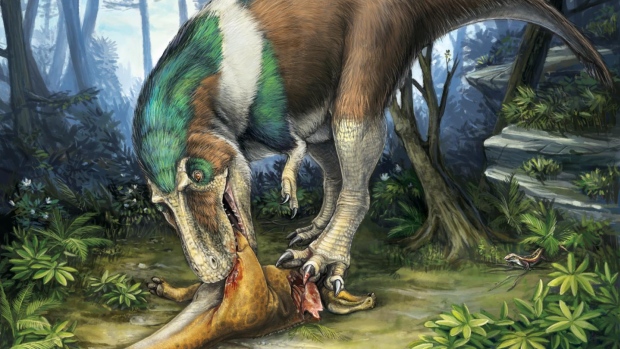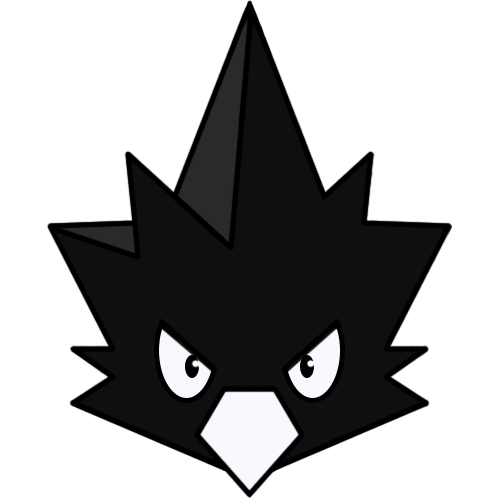Chicken embryos grown with dinosaur-like lower legs

Tags: Chile
Chicken embryos grown with dinosaur-like lower legs published by Mooba
Writer Rating: 0
Posted on 2016-03-21
Writer Description: Brandon
This writer has written 186 articles.
What would it be like to chomp down on a dinosaur drumstick? Well, for one thing, it wouldn't have that weird needle-like bone you find in chicken legs.
University of Chile researchers have grown chicken embryos with "dinosaur-like" lower legs that have two connected lower leg bones instead of one big bone and a needle-like splinter.
In doing so, they say they've figured out what changed in the evolution between dinosaurs and birds to give birds their unusual leg bones.
Birds evolved about 150 million years ago from a group of two-legged meat-eating dinosaurs called theropods, which included T. rex.
In order to figure out how that evolution happened, some researchers around the world have been looking at the development of bird embryos, which are expected to be similar to dinosaur embryos early in development. By making small changes to the way genes are turned on during development, researchers can sometimes induce dinosaur-like traits in the chicken embryos.
For example, U.S. researchers have previously grown chicks with dinosaur-like snouts instead of beaks.
In the new study, Joao Botelho and Alexander Vargas at the University of Chile focused on the lower leg bones.
Most land-dwelling vertebrates with four limbs — including humans and dinosaurs — have two connected lower leg bones. The thicker tibia and the thinner fibula are usually joined at both the knee and the ankle.
In most birds, however, the fibula is extremely thin, shorter than the tibia, and only attached to the tibia at the knee, not the ankle. Early in development, though, bird embryos have a tibia and fibula of equal length, just like other animals.
Botelho and Vargas found that by lowering the levels of a protein called Indian hedgehog that helps the skeleton mature, they stopped the fibula from detaching at the ankle.
"Its shape did not become splinter-like, but remains tubular and dinosaur-like," the researchers wrote in a paper published in the journal Evolution.
Hans Larsson, a McGill University researcher who does similar research related to the evolution of bird wings and tails, noted that in this case, that trait isn't just "dinosaur-like."
"What they did was sort of bring back, potentially, a more ancestral trait, which dinosaurs had, but also mammals have and other reptiles have," he told CBC News in an interview Wednesday.
And while the researchers showed one way to do that, it wasn't necessarily the specific change that happened between dinosaurs and birds, he added.
The chicken embryos in the new study never did grow big enough to produce drumsticks. Generally, in such experiments, they're not allowed to hatch at all.
"It's because there's no scientific reason to do so," Larsson said, adding that allowing the chicks to hatch could raise new ethical issues.
Sources: http://www.cbc.ca/news/technology/dinosaur-drumsticks-1.3494308
You have the right to stay anonymous in your comments, share at your own discretion.


